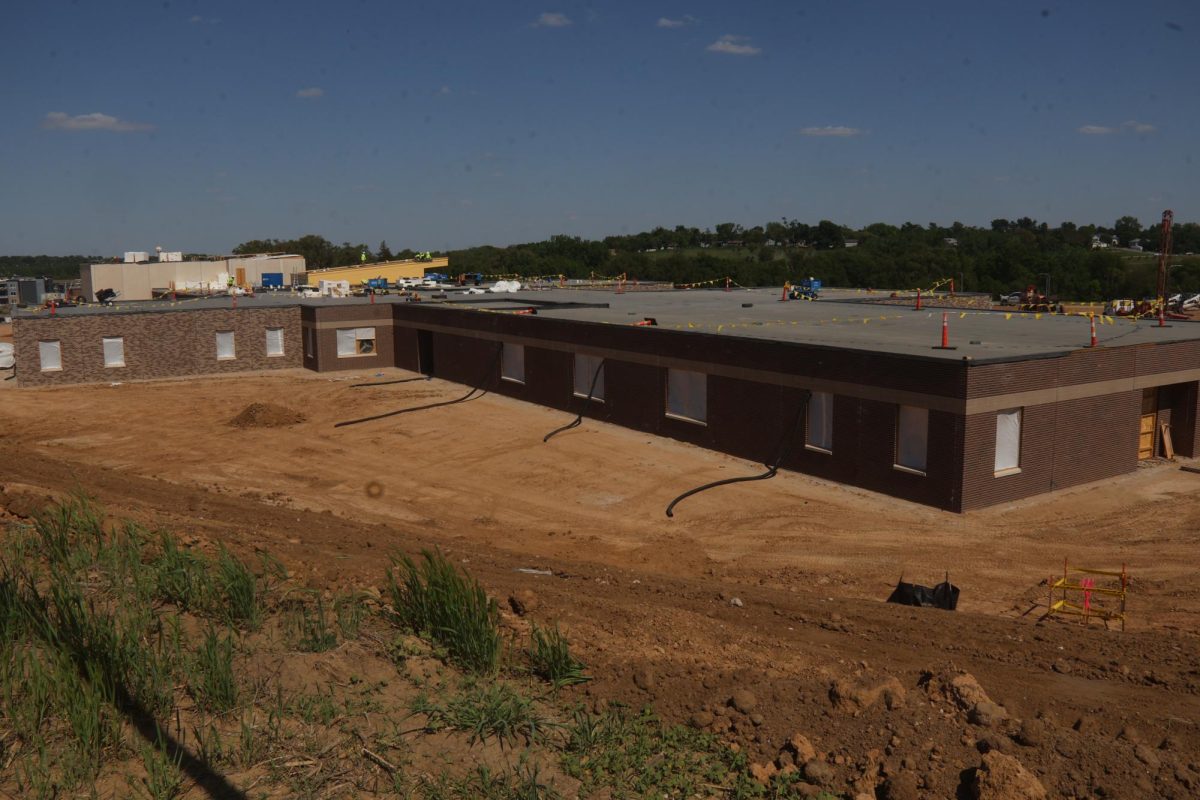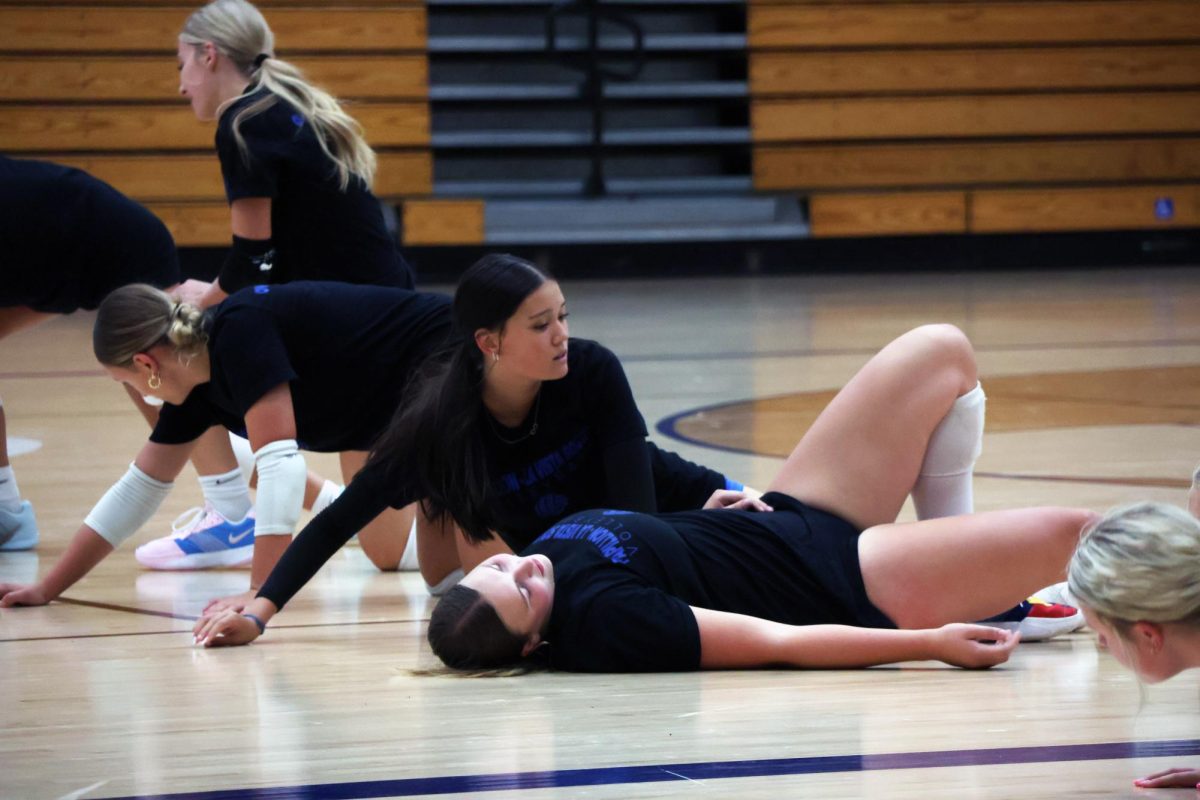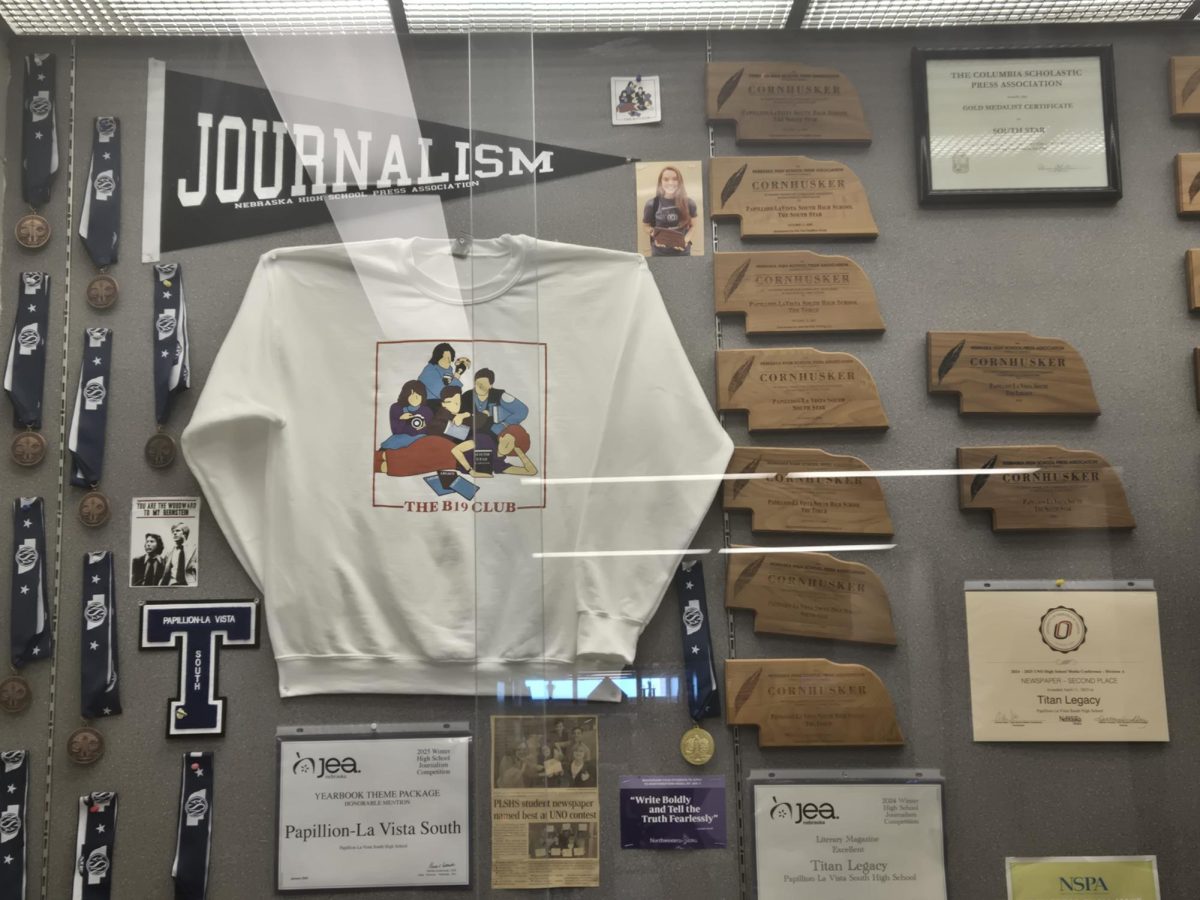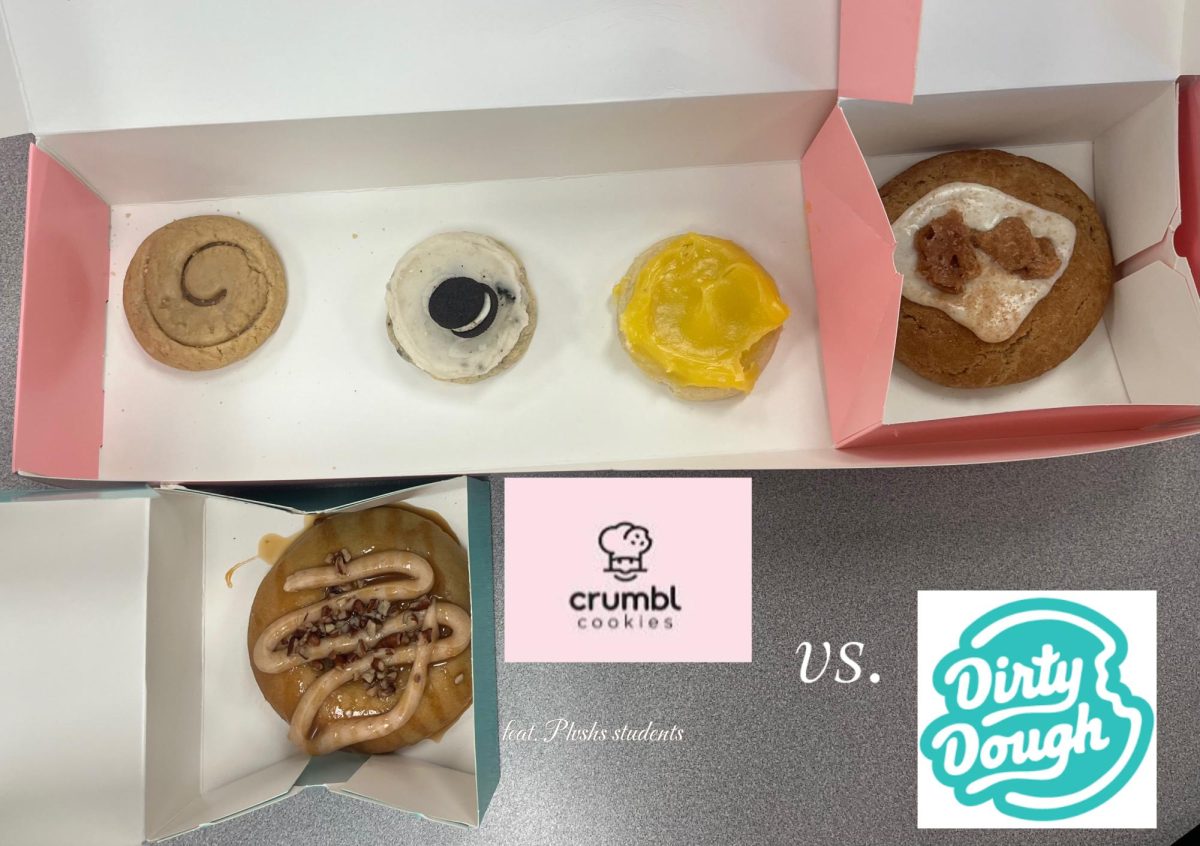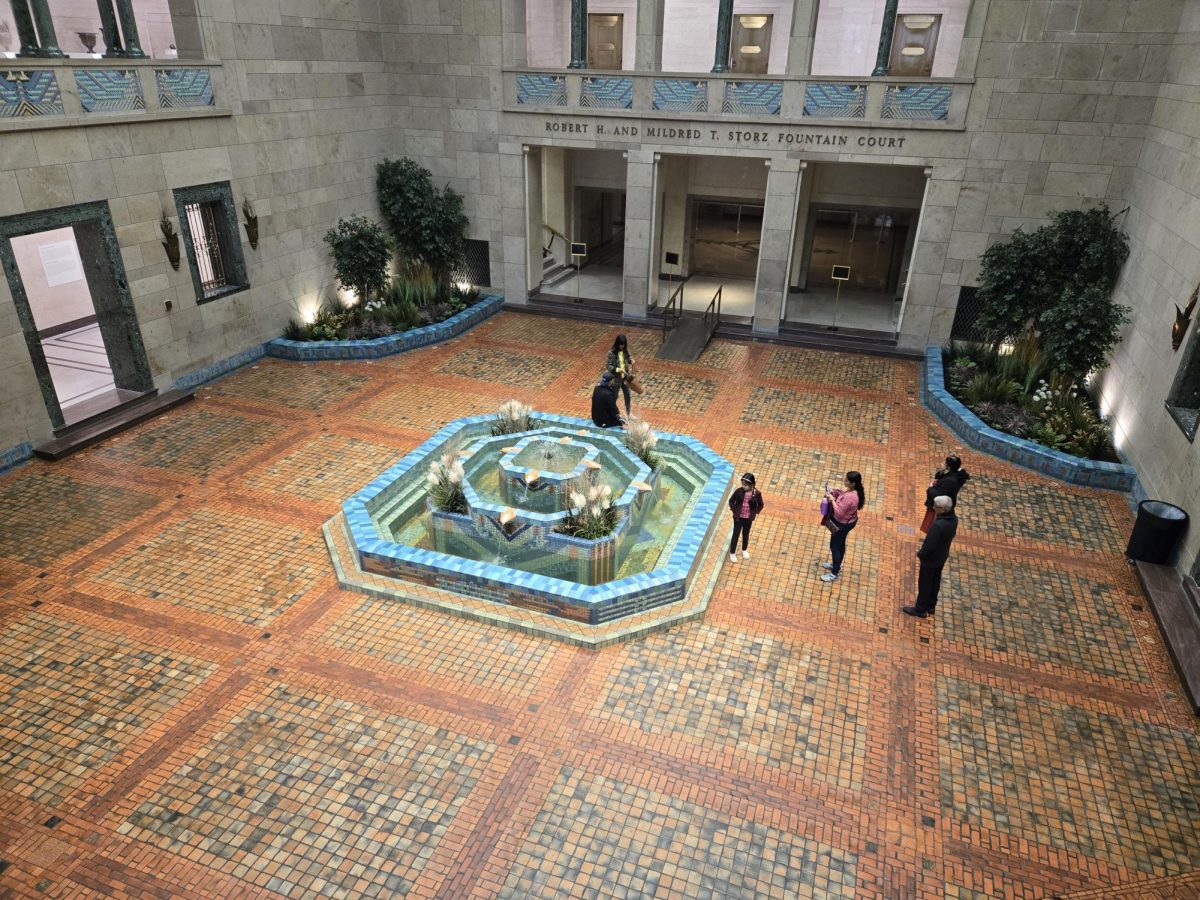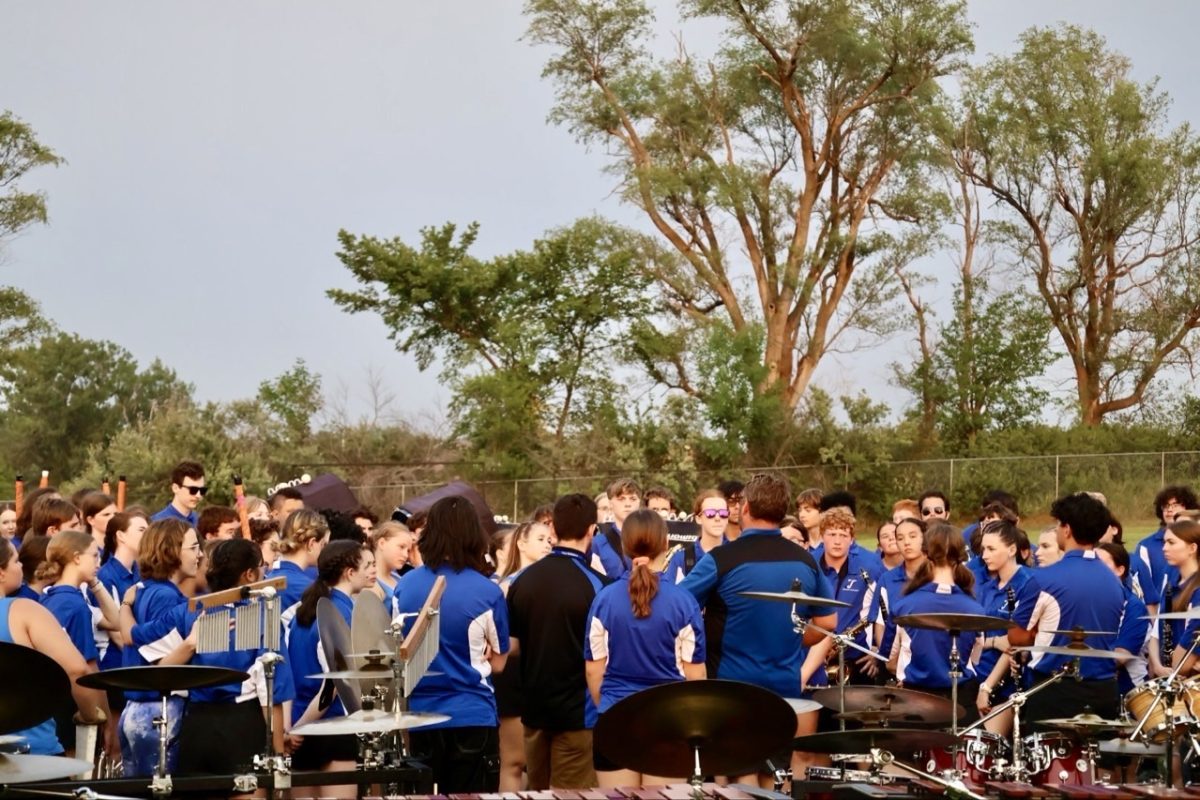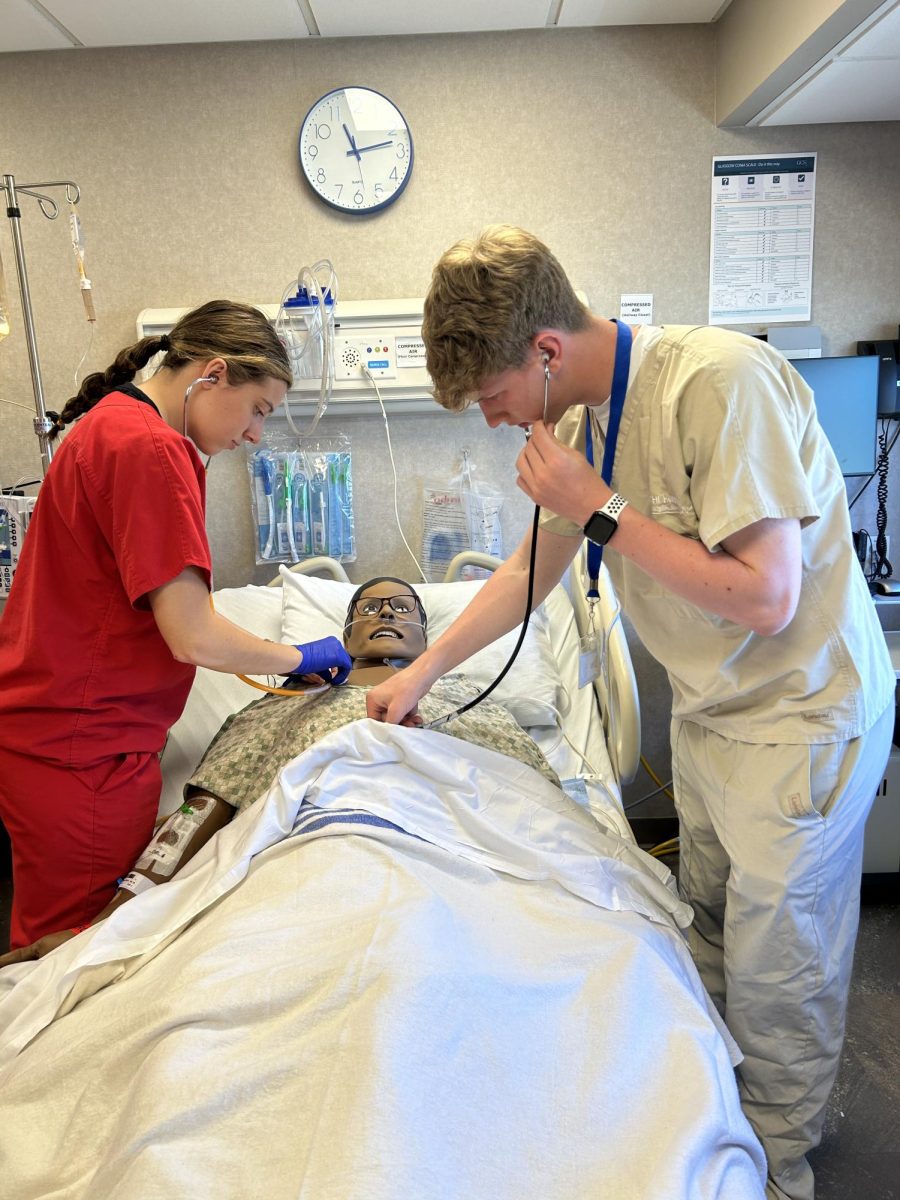The Health Systems Academy gives students a head start in health care by providing face-to-face interactions with patients and health care professionals. As a second-year student in the academy’s Patient Care program, I have had experiences I never dreamed possible while in high school.
So far this year, I have been able to visit the ER, trauma ICU, oncology, surgery, Gina V physical therapy, and I am now in the NICU at Bergan Mercy Hospital.
Ms. Julie Chick, teacher of Certified Nursing Assistant, Certified Medication Aide, and rotations at the Health Academy said, “There are a lot of people who cannot believe that high schoolers are getting to see all of this stuff. Truly, most of the time it would be a college program. For instance, I went to nursing school and I got to do this stuff, but never did I ever have an opportunity in high school.”
The academy allows students to pursue a two-year program focused on patient care. Students gain CNA certification and CPR certification during their junior year. In their senior year, they gain CMA certification.
I do not have my CMA certification yet, as that is something I will receive at the end of my senior year. I do have my CNA and CPR certifications, both of which helped me get a job at a nursing home over the summer. This made me very comfortable with performing my CNA skills in different settings. Not to mention, CNA jobs usually come with higher pay than your typical high school job.
Throughout the entirety of senior year, students in the Patient Care side of the academy get to attend clinical rotations twice a week in different areas of health care.
“I think that we are unique because I don’t think [other programs] get to go on rotations their senior year,” Chick said. “They might have some sort of experience, but it is not a weekly thing.”
There are many options for where students can go on clinical rotations.
At Bergan Mercy Hospital, students have opportunities to explore the emergency department, trauma intensive care, oncology, pre- and post-op, surgery, labor and delivery, and the neonatal intensive care unit.
At CHI Midlands Hospital, students have opportunities to explore surgery and the medical-surgical floor.
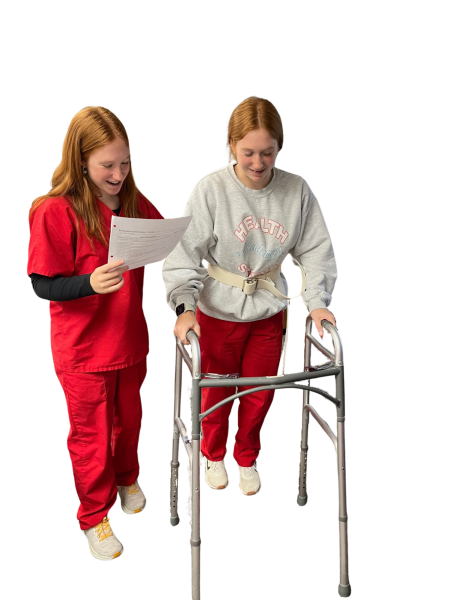
There are also outside locations such as Young Chiropractic, Gina V Physical Therapy, the Pediatric Therapy Center, and a dentist.
Chick said, “From surgery to labor and delivery, I mean you’re seeing babies being delivered to watching the chiropractor, physical therapy, dentist… that’s lots of options.”
Each place is unique. You will never understand the environment of a Level One Trauma Center during an emergency until you are there. I have always wanted to work in an ER, but when I started rotations, I had no idea if I would be able to stomach some of the things that would come through. I didn’t know if seeing people with severe and gruesome injuries would gross me out, because that’s not something high school students usually see in person. Rotations have taught me that, thus far, I have a strong stomach, so I can keep pursuing the emergency department.
Putting prospective healthcare students in a healthcare setting early helps them get a feel for what they might want to focus on in their careers, Chick said.
“I feel like by getting to go to all of these different areas, it helps you make that decision,” she explained. “Do I like this area? Do I not like this area? You’re getting to work with so many different healthcare professionals, patients, and family members.”
In the same sense, having all of these opportunities can give students the insight that maybe health care is not for them.
“You’re getting to help with things, getting to observe, and see if these are the right areas for you,” Chick said. “It’s not for everybody, and some students do not go into the healthcare field.”
Going to college to be in any healthcare position is usually not easy or cheap. Health Academy provides students the experiences they need to know if healthcare is something they want to dedicate their time, money, and energy to in the future.


![Pictured above is a structure that displays the names of Nebraska Vietnam veterans in order to “honor [their] courage, sacrifice and devotion to duty and country.”](https://plsouthsidescroll.com/wp-content/uploads/2025/10/Trey_092625_0014-e1760030641144-1200x490.jpg)


